When it comes to sculpting strong, functional legs, many people over-focus on squats and lunges—often neglecting two of the most critical muscle groups: the glutes and hamstrings. These powerhouse muscles not only shape the posterior chain but also drive athletic performance, reduce injury risk, and support posture and everyday movement. That’s where a glutes and hamstrings machine makes all the difference.
What Is a Glutes and Hamstrings Machine?
A glutes and hamstrings machine is specifically engineered to isolate and strengthen the posterior muscles of your legs, particularly the gluteus maximus, hamstrings (biceps femoris, semitendinosus, semimembranosus), and often the supporting hip stabilizers. Unlike free weights, these machines guide your movement along a set path, making it easier to maintain proper form and directly target the intended muscles.
You’ll typically encounter variations such as:
-
Seated or lying leg curl machines (focused on hamstring contraction)
-
Glute kickback machines (designed to isolate each glute independently)
-
Hip thrust machines (emphasizing hip extension and glute development)
-
Combo units that allow multiple glute-hamstring exercises in one footprint
Why You Need One in Your Training Plan
1. Superior Muscle Isolation
Glute and hamstring machines take the guesswork out of targeting the right muscles. With controlled, repeatable movement patterns, you get better engagement and contraction—especially important if you're recovering from injury or trying to correct muscular imbalances.
2. Enhanced Strength for Everyday Movement
From walking upstairs to lifting heavy objects, your glutes and hamstrings are your body’s prime movers. A stronger posterior chain translates to better movement mechanics, more powerful stride, and reduced stress on your lower back.
3. Injury Prevention & Joint Support
Many people experience knee or lower back pain not because of overuse—but because of underdeveloped glutes and hamstrings. These muscles stabilize the pelvis and knees, absorb shock, and support healthy hip movement.
Personal Experience: What Changed for Me
I still remember the first time I incorporated a dedicated machine for glutes and hamstrings into my routine—specifically a glute kickback and lying leg curl combo. Despite years of training, I realized I had been under-activating my glutes. After just a few weeks of consistent, machine-based work, not only did my strength increase, but nagging hip tightness and low back soreness began to fade. My sprint times improved, and I could deadlift with more power and better control. It wasn’t about lifting heavier—it was about training smarter.
How to Integrate It Into Your Routine
Start with 2–3 sessions per week, focusing on form and muscle connection. Here’s a basic structure to get started:
-
Glute Kickbacks: 3 sets of 12–15 reps (each leg)
-
Lying or Seated Leg Curls: 4 sets of 10–12 reps
-
Hip Thrust Machine: 3 sets of 8–10 reps with a pause at the top
Combine these with your regular lower-body training for well-rounded development. Always warm up your hips and hamstrings first to prepare the joints and soft tissues.
Final Thoughts
Whether you're an athlete, a weekend warrior, or simply looking to move and feel better, investing time in a glutes and hamstrings machine pays real dividends. It's not just about building a stronger backside—it’s about creating a more resilient body that moves efficiently and performs powerfully. Don't let these key muscles become your weakest link. Train them directly, consistently, and with intention.

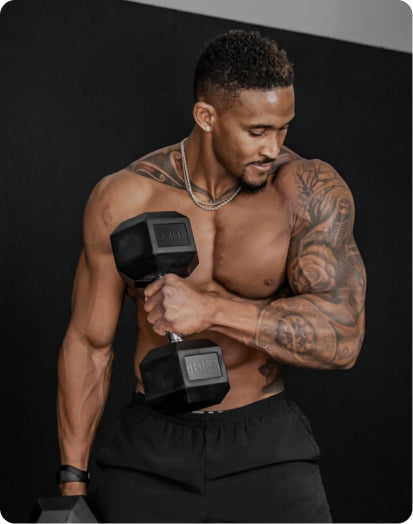
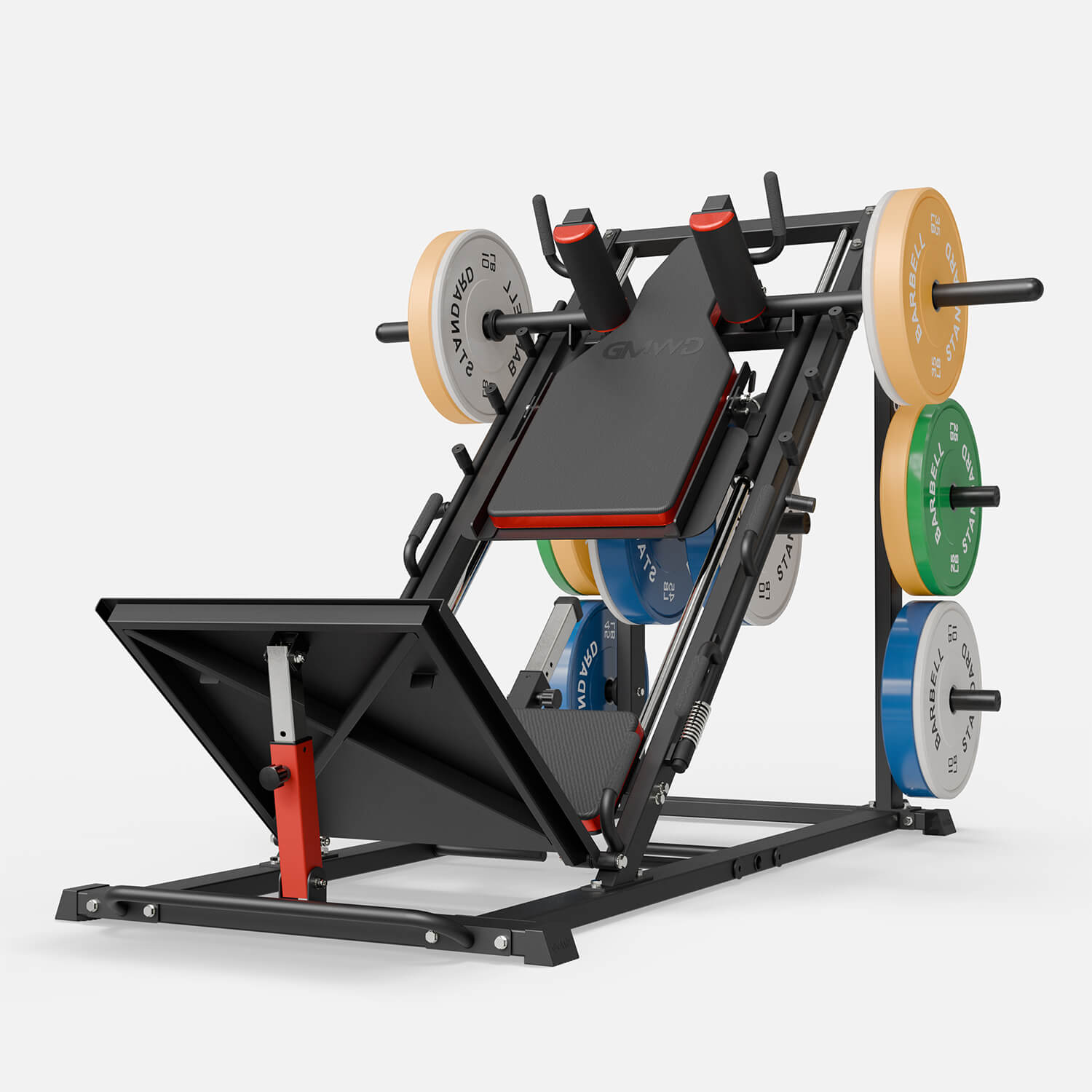
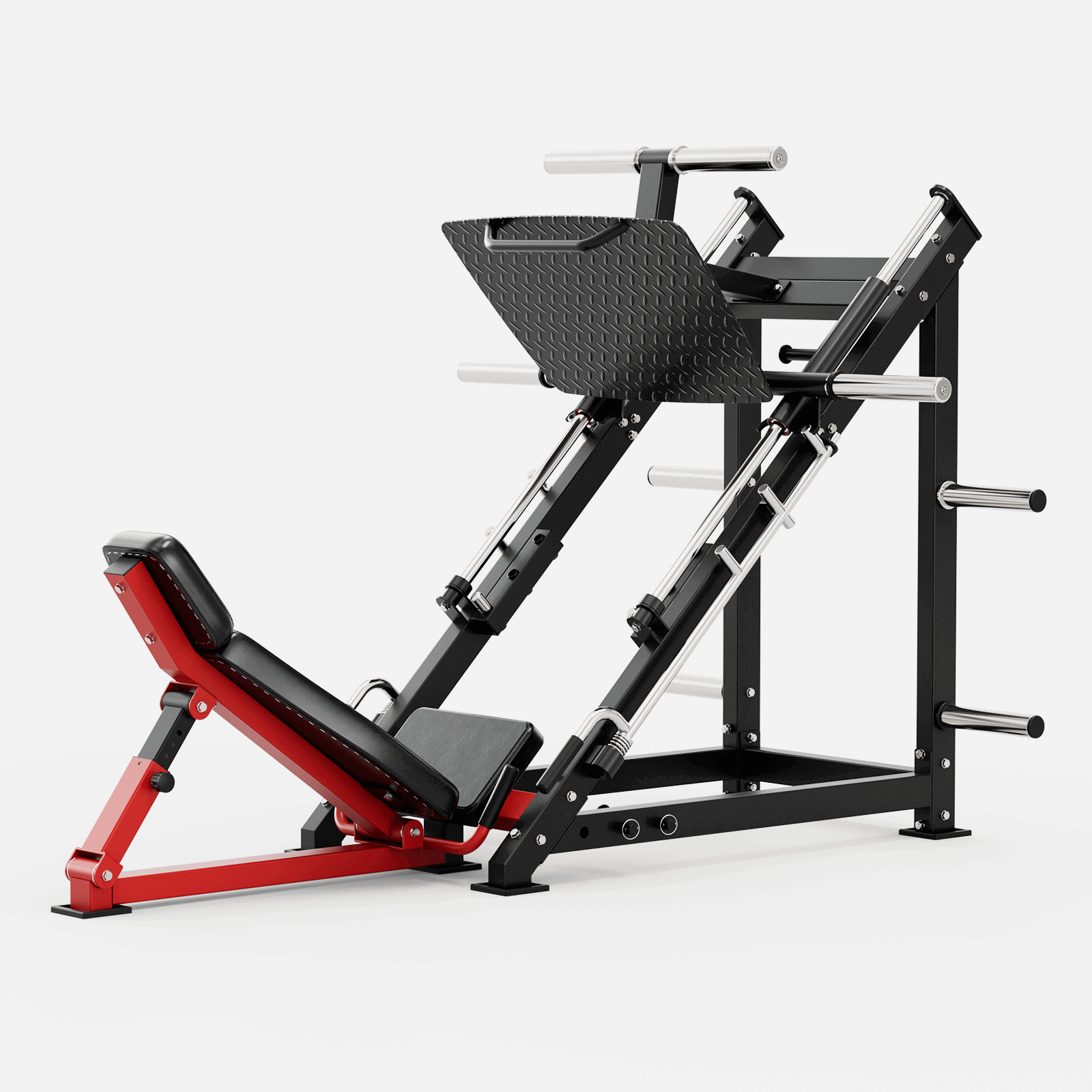

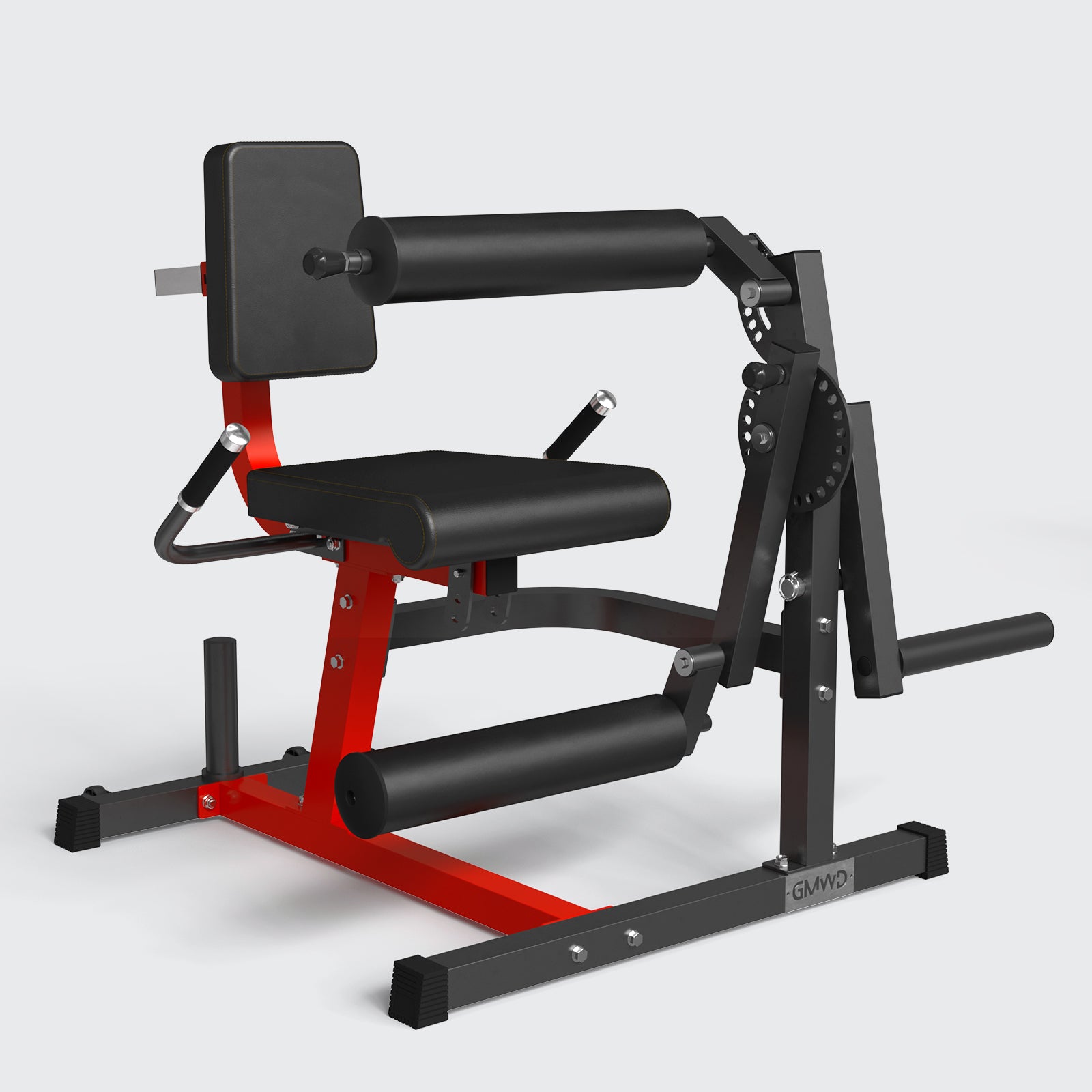
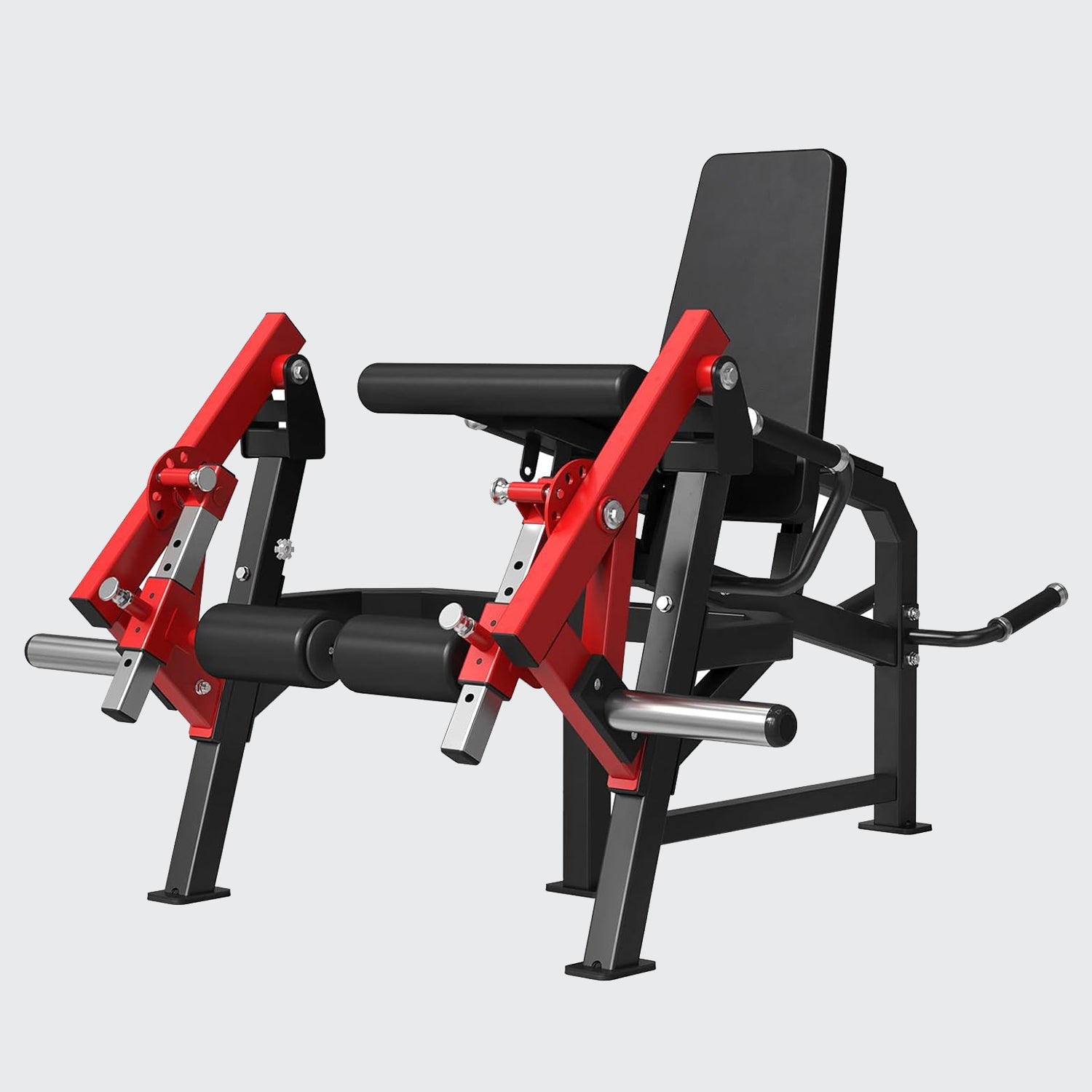
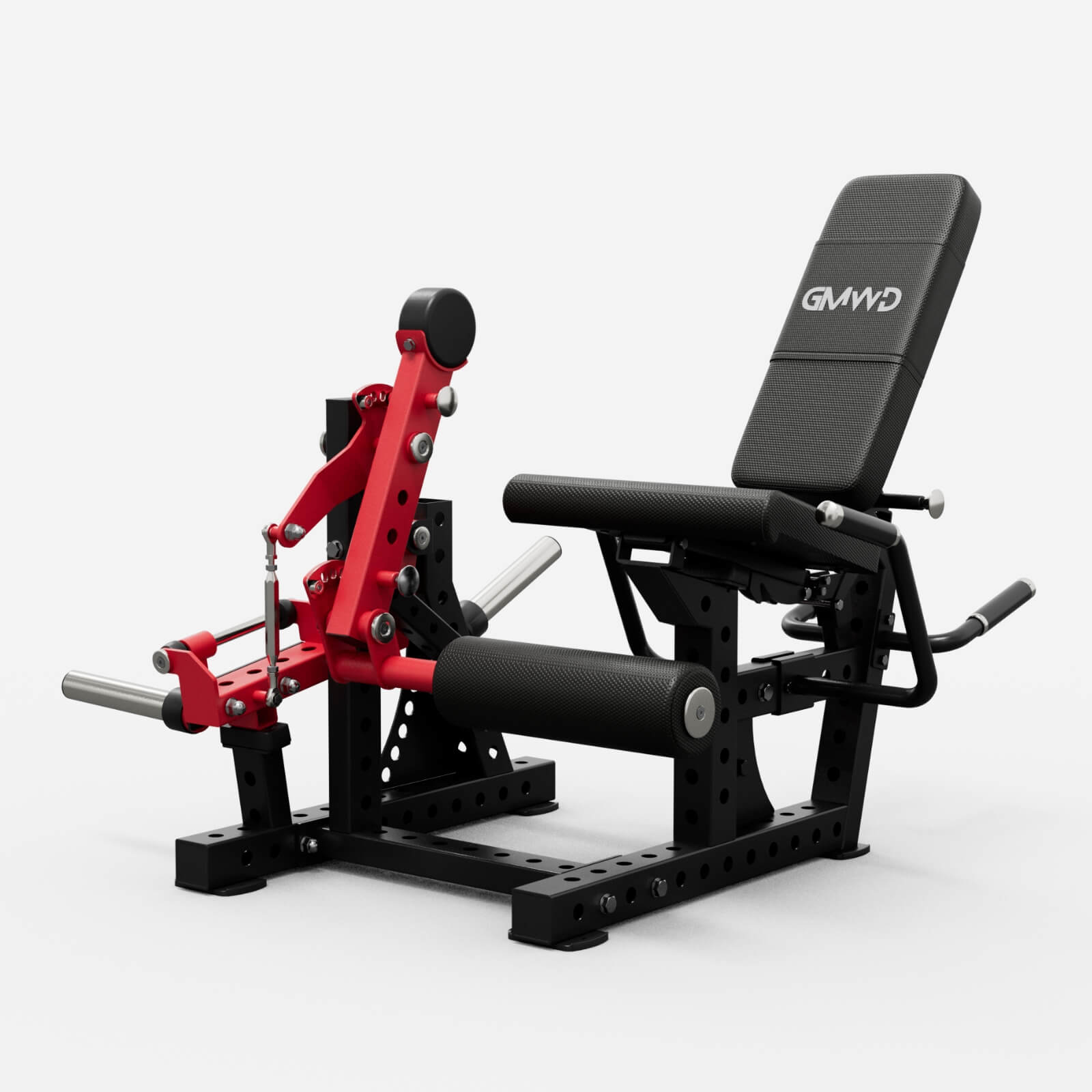
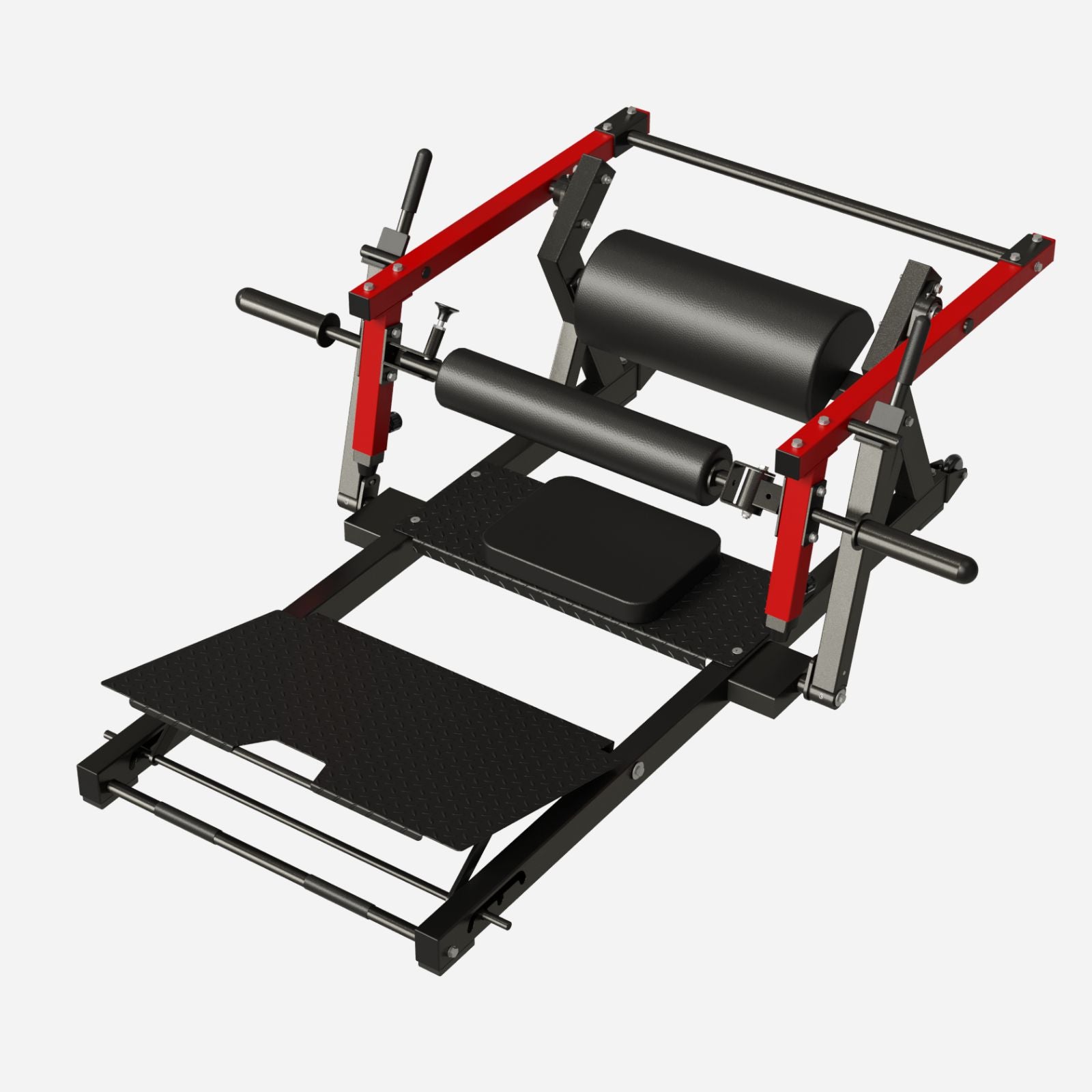
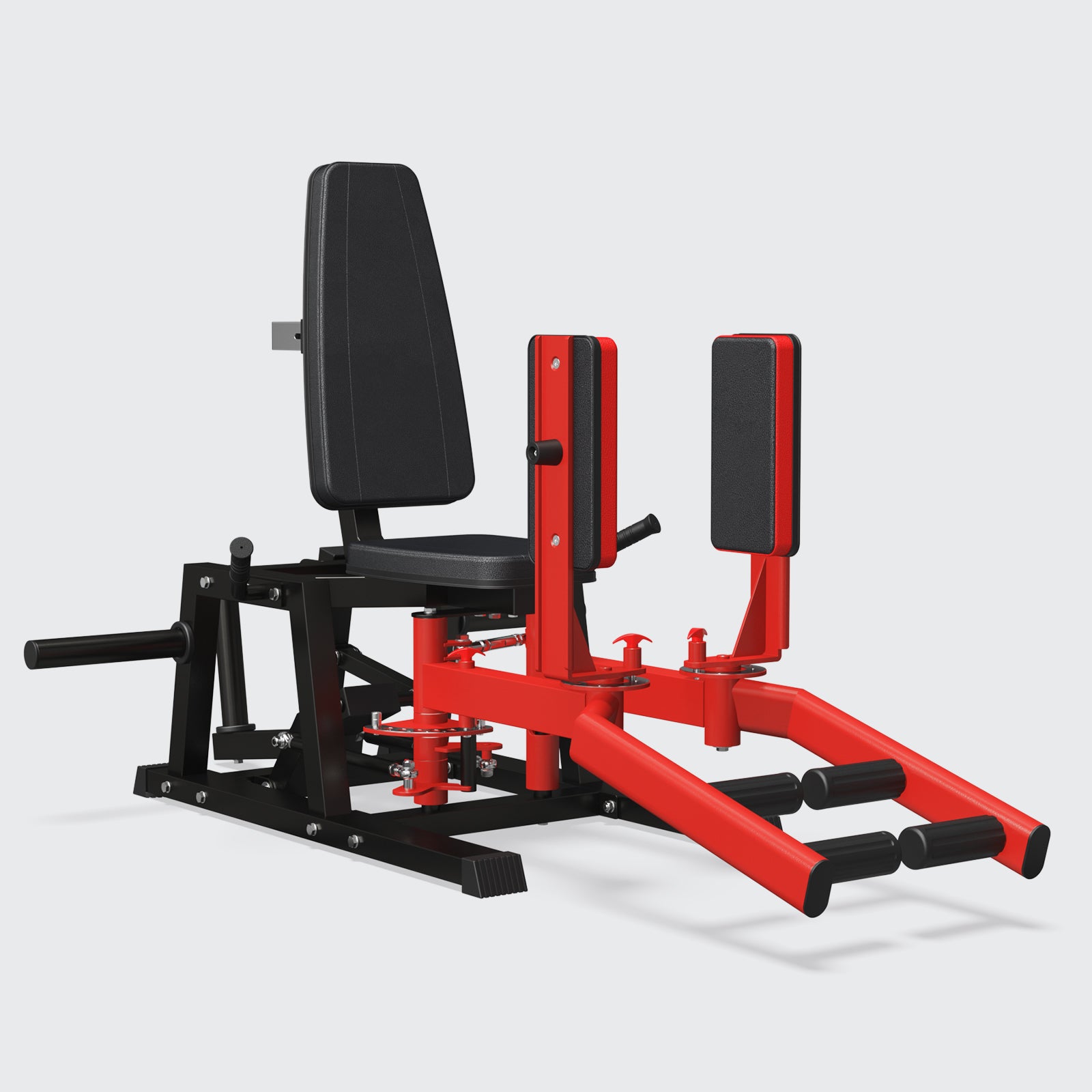


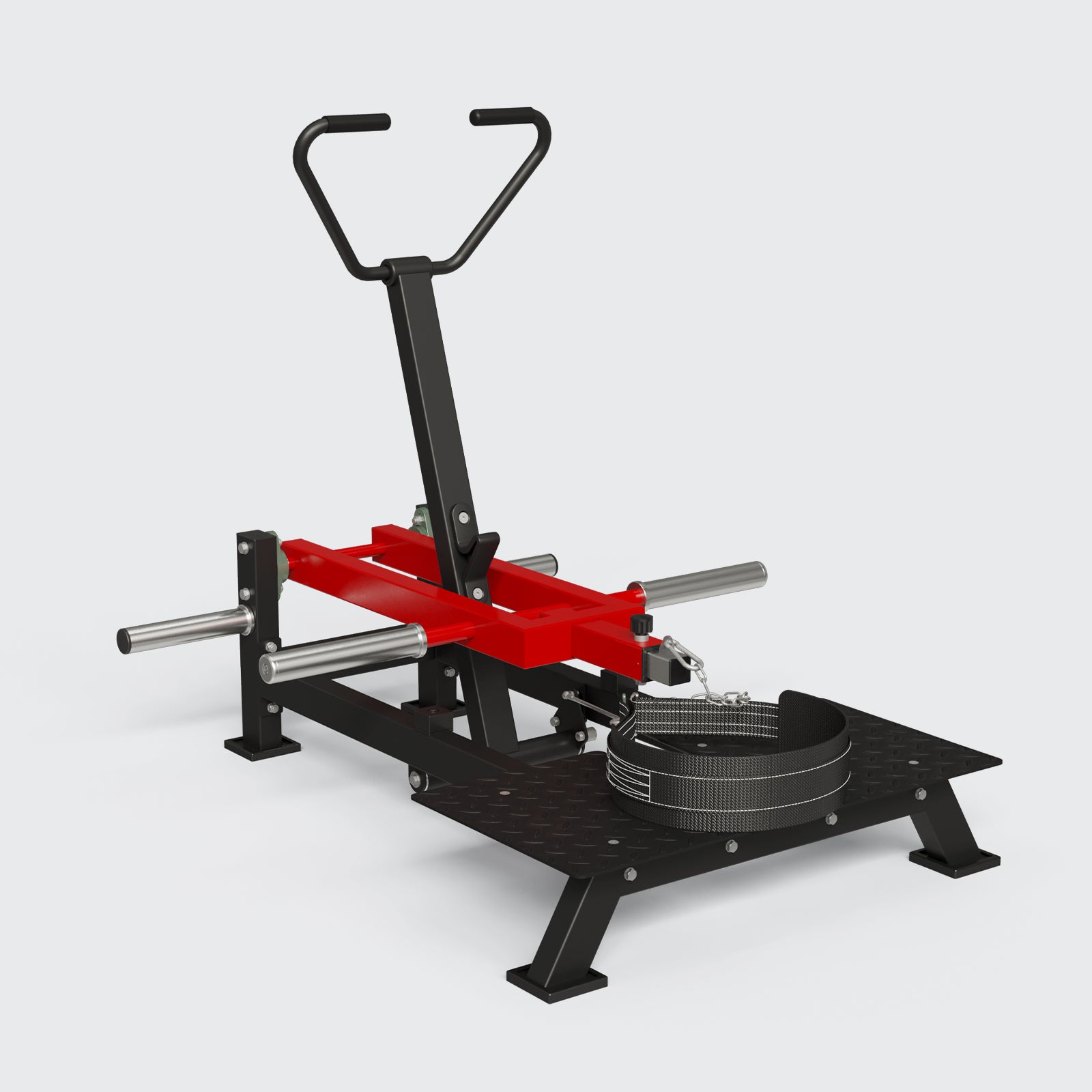
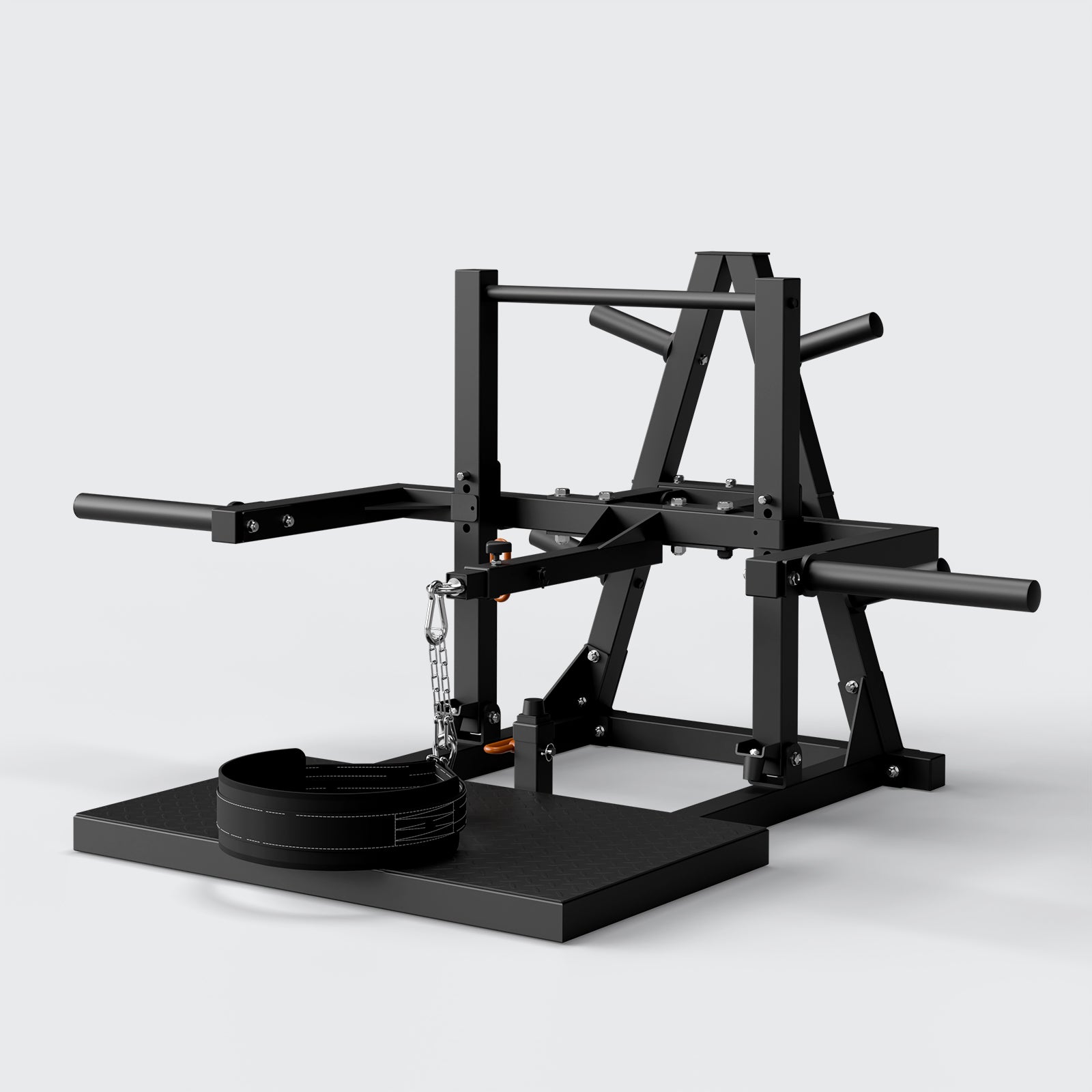

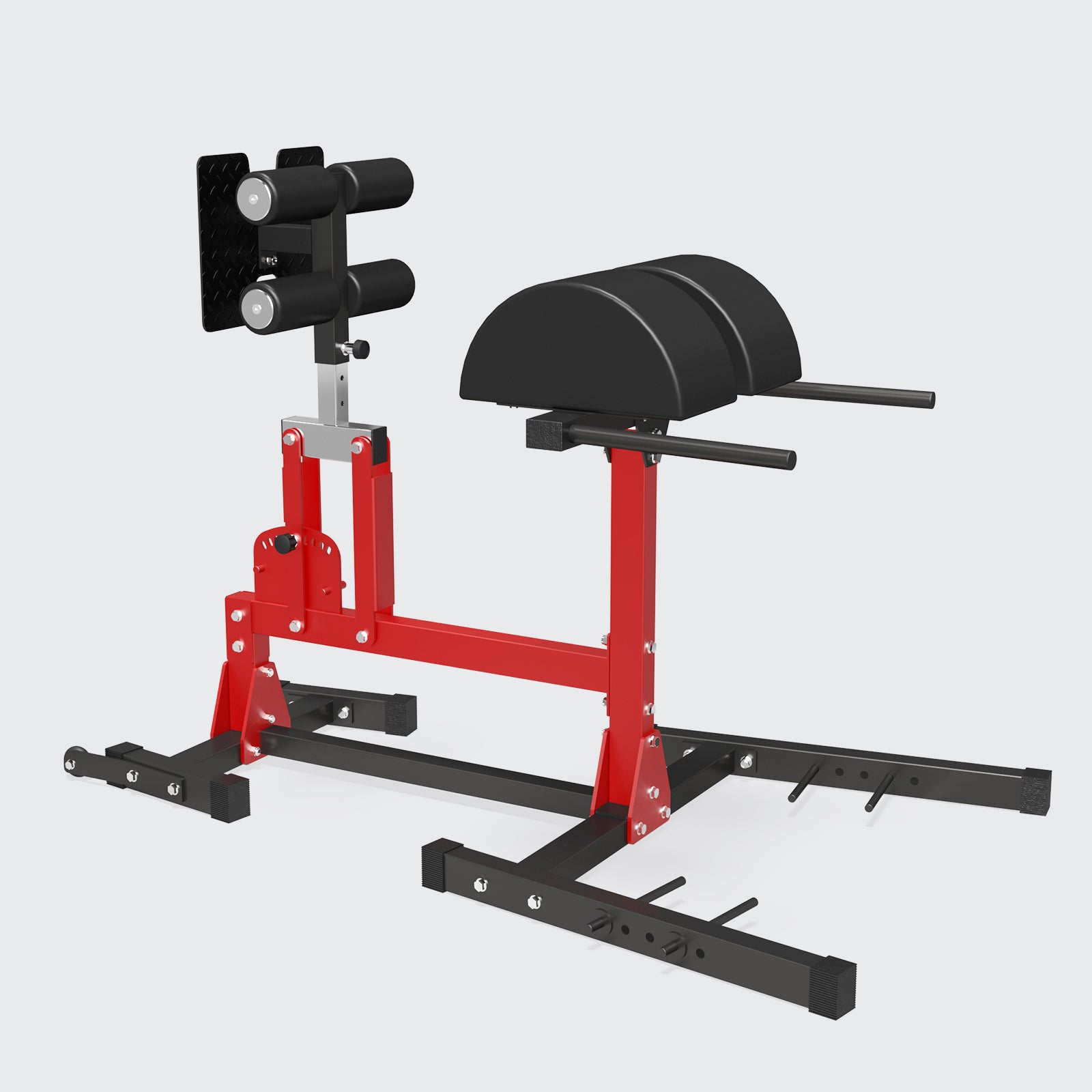

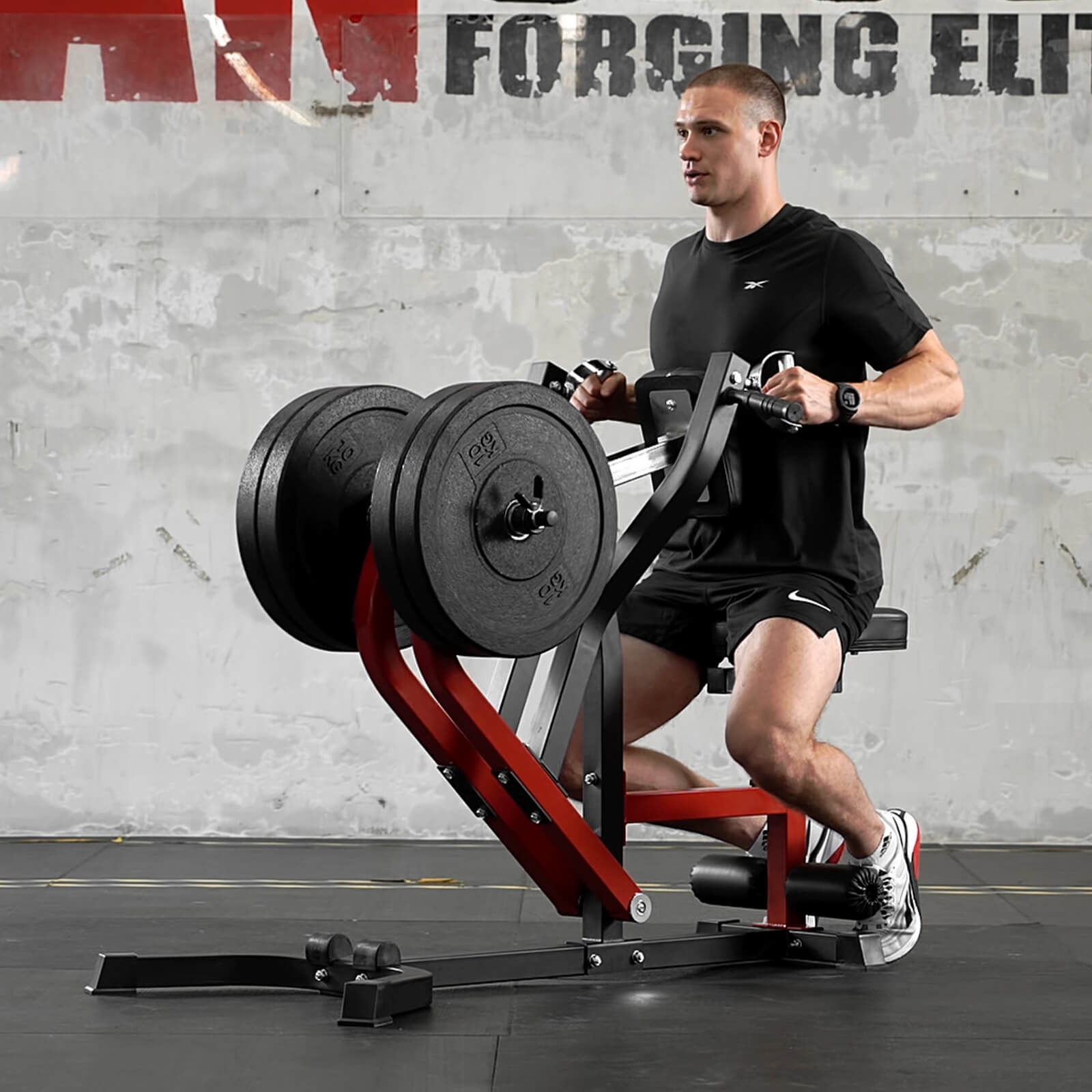
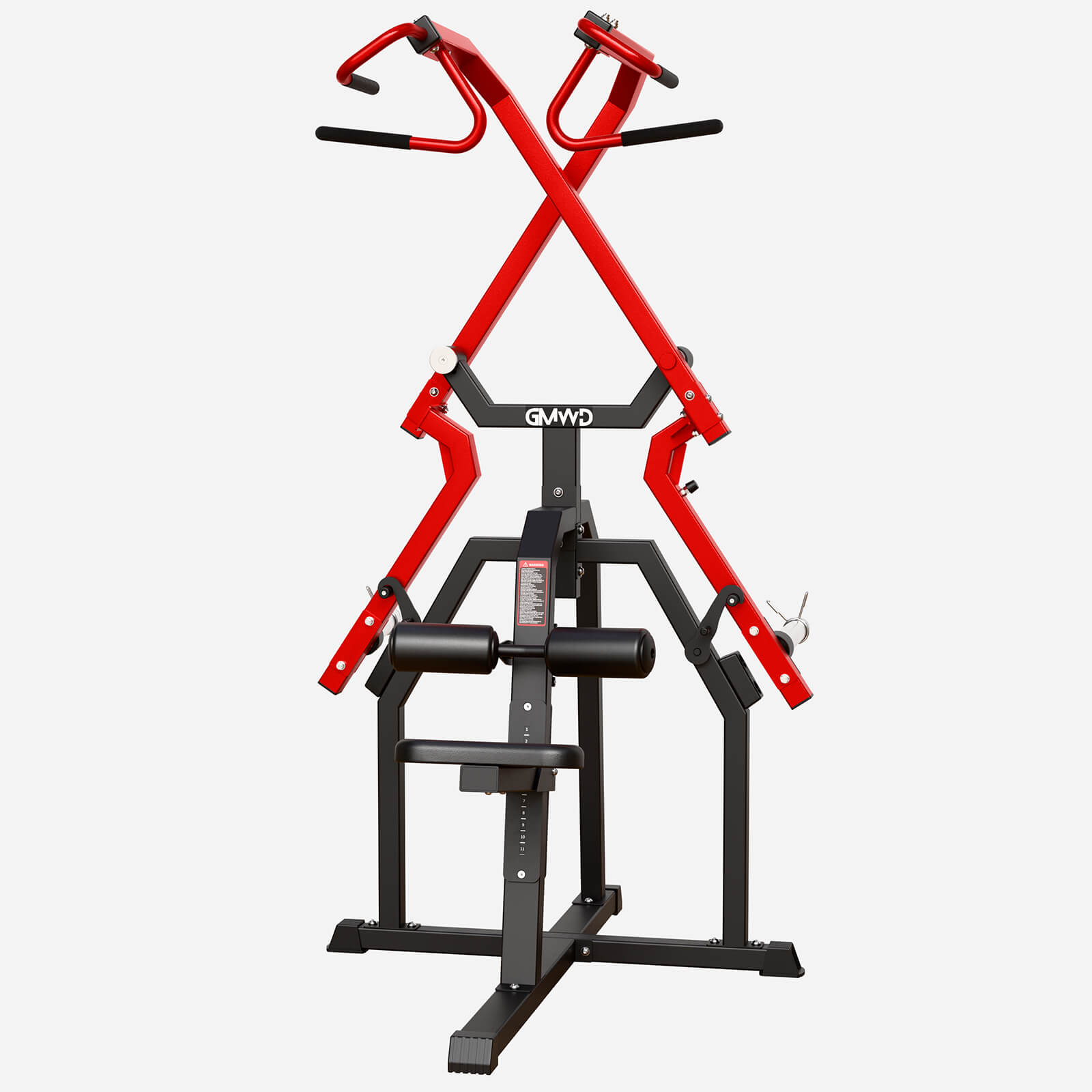
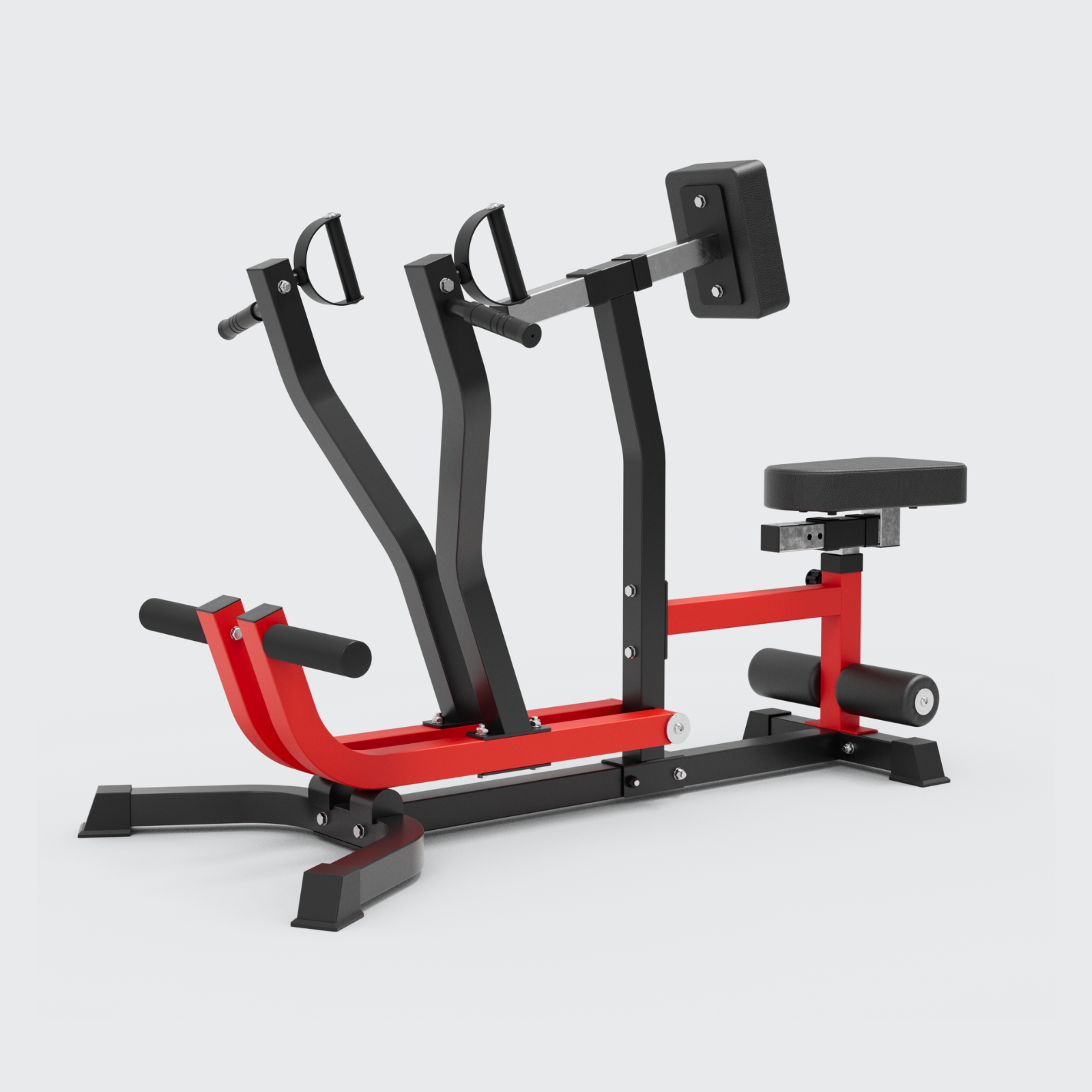
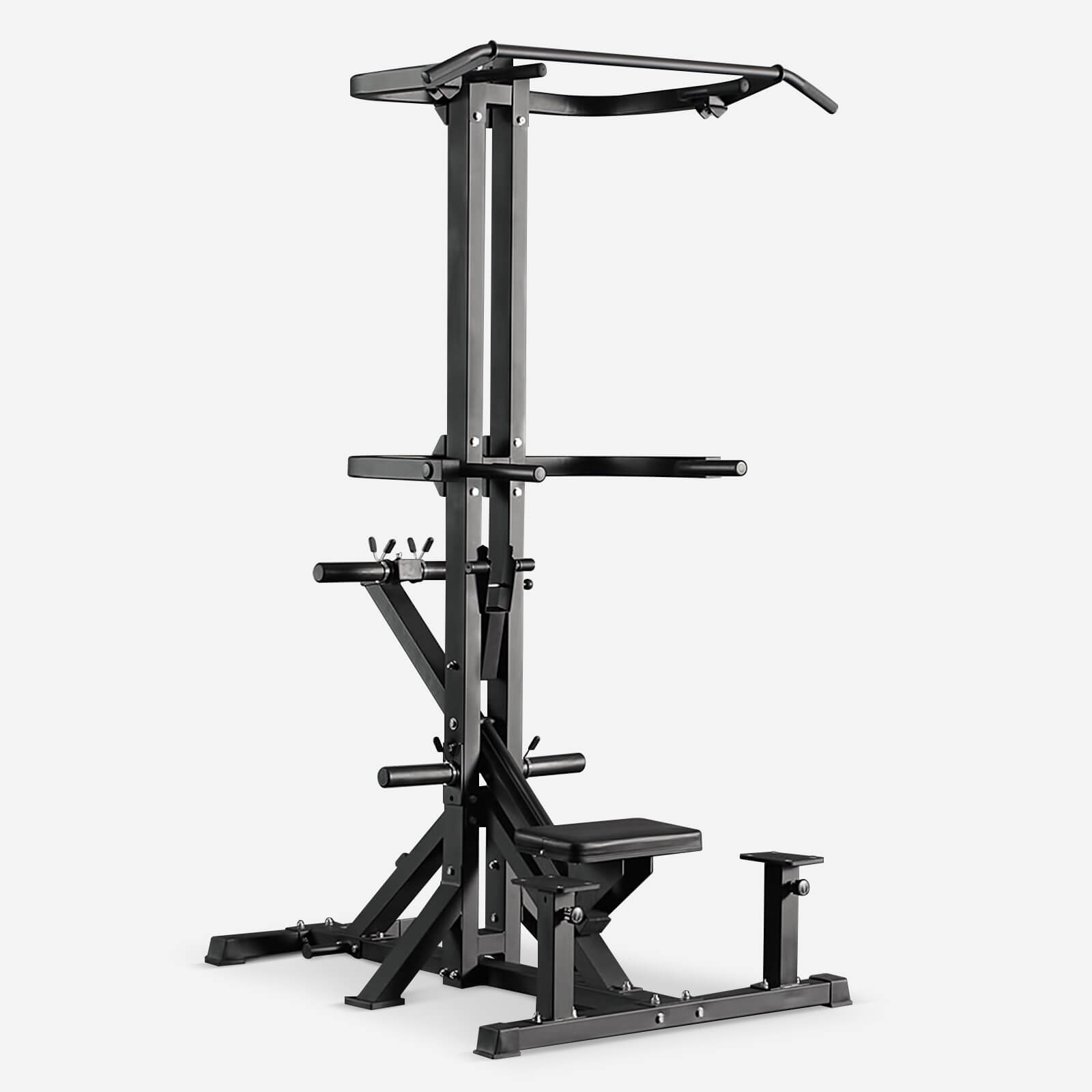


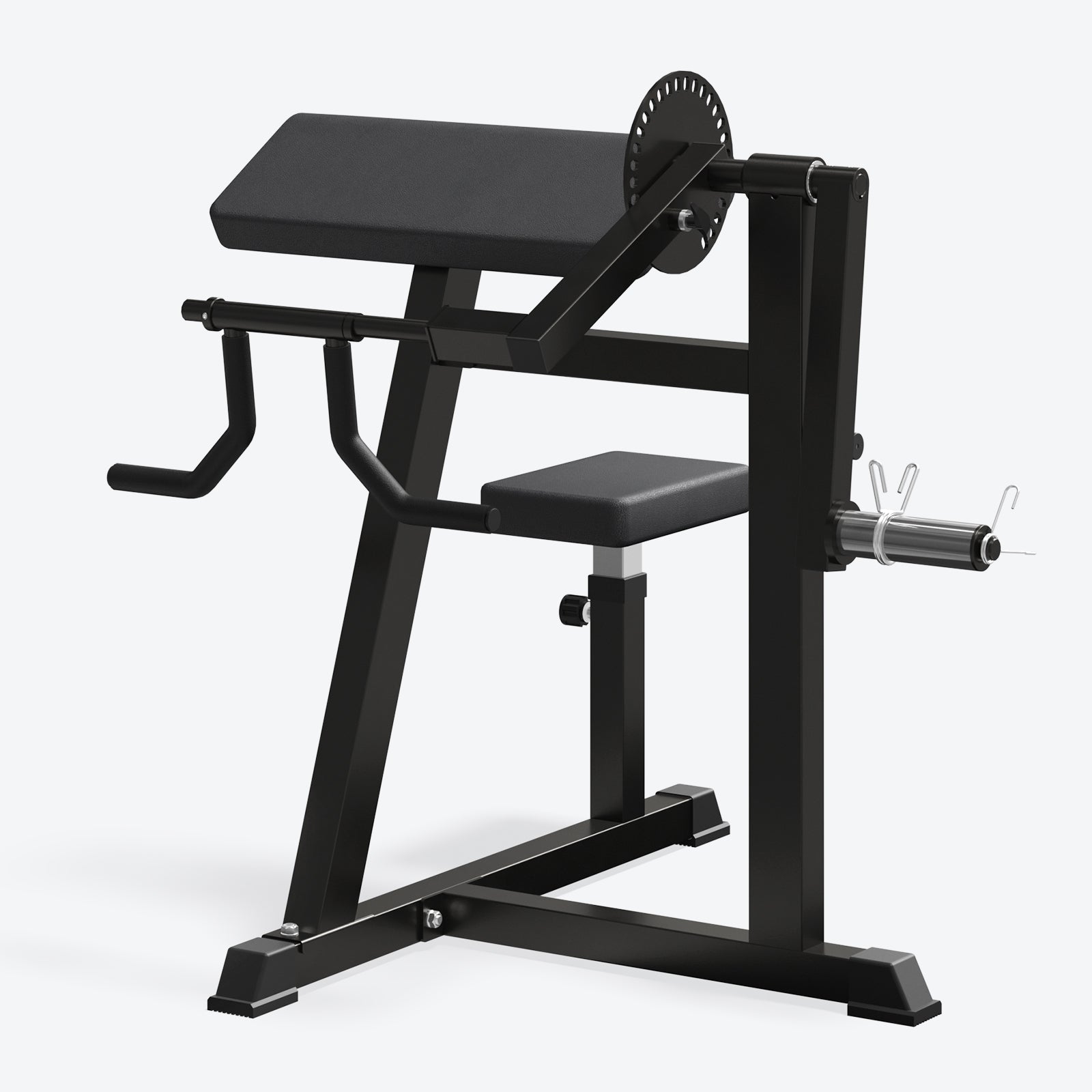
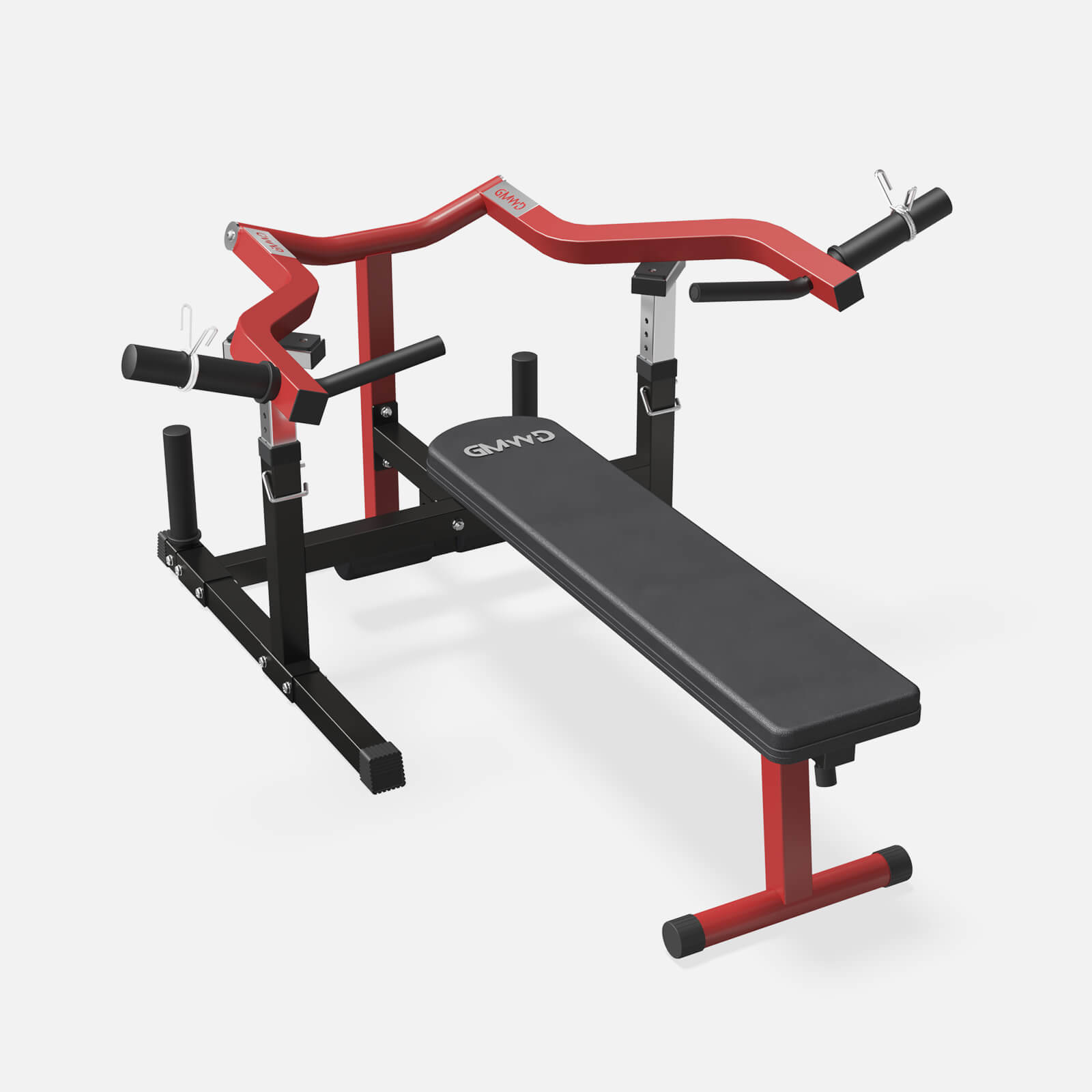
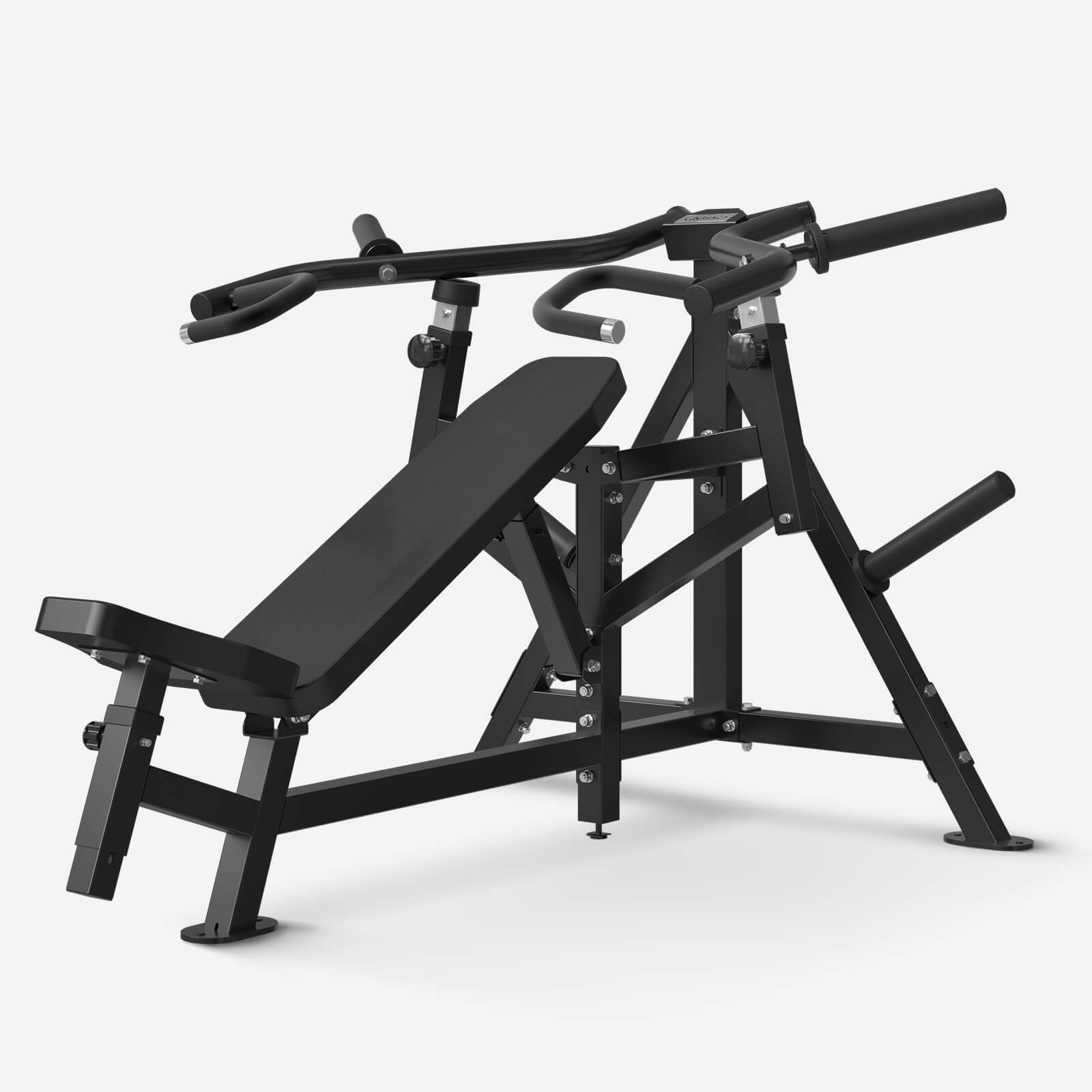
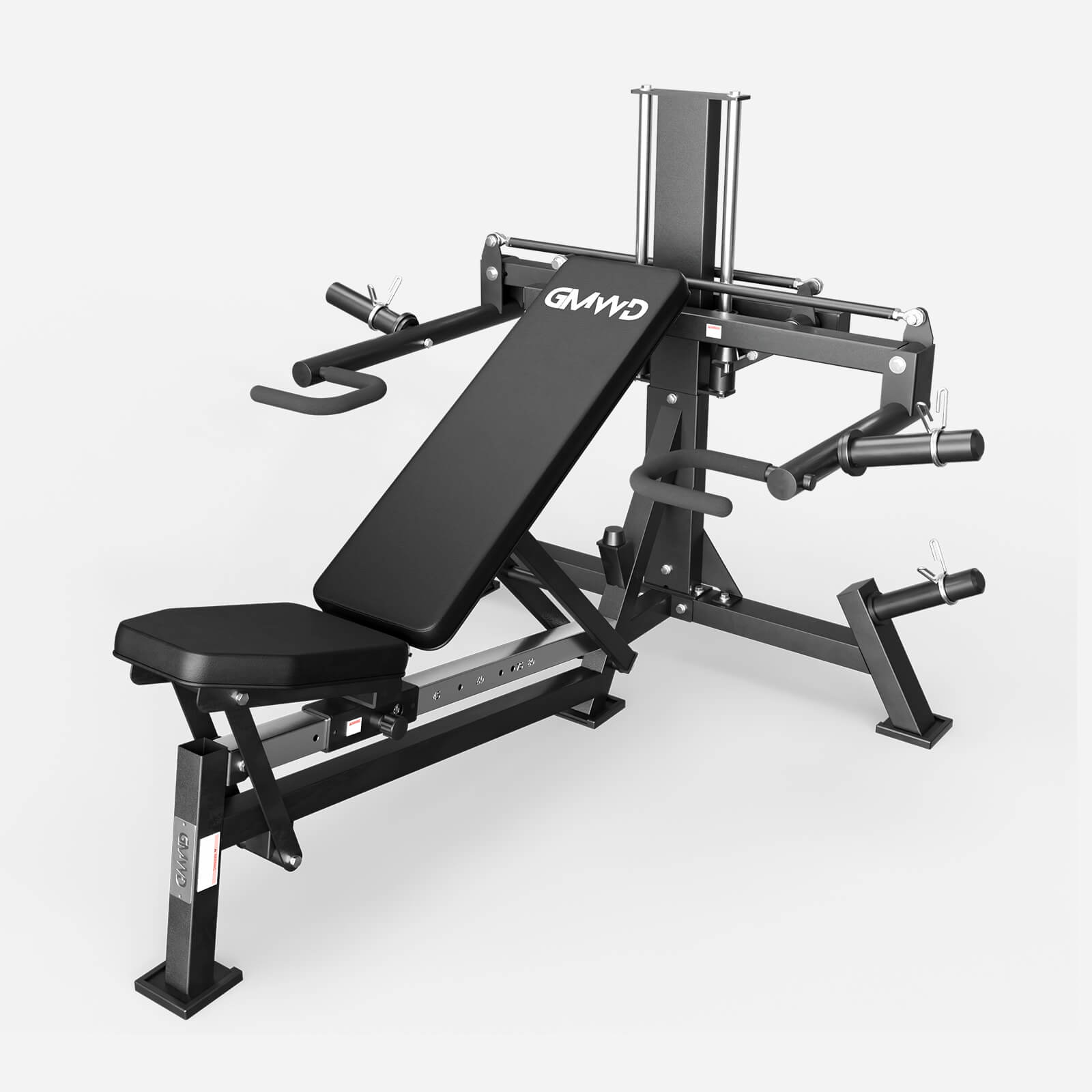
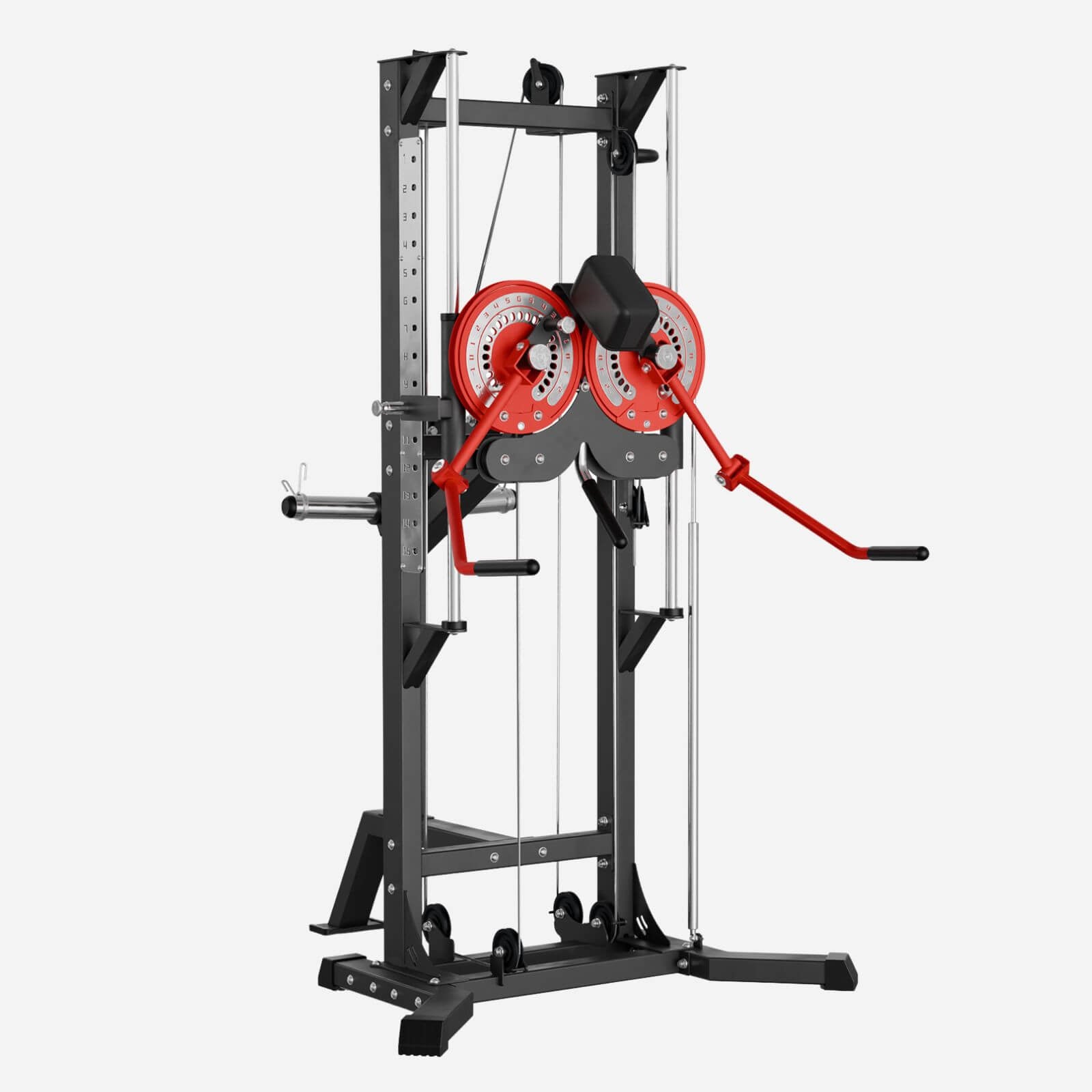

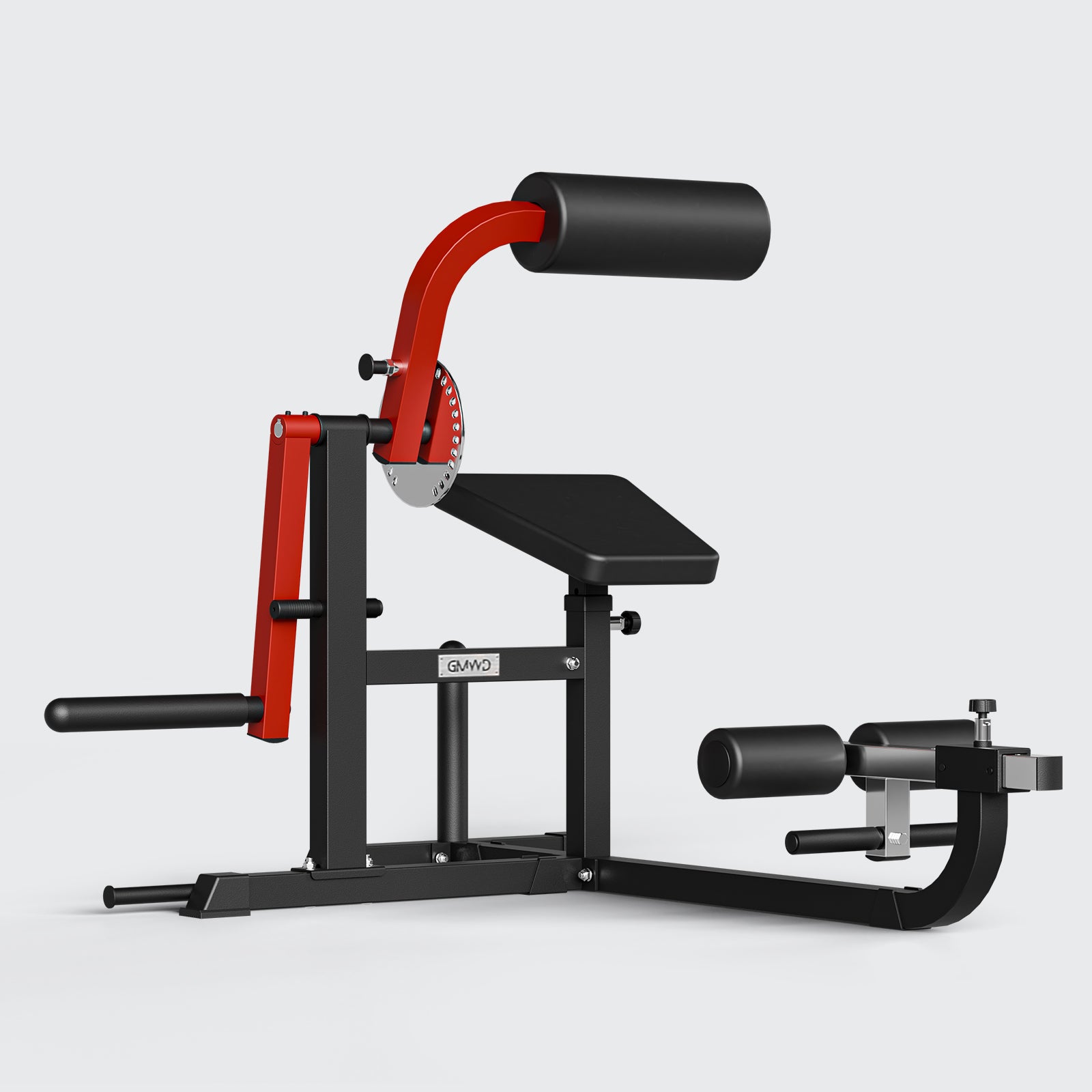
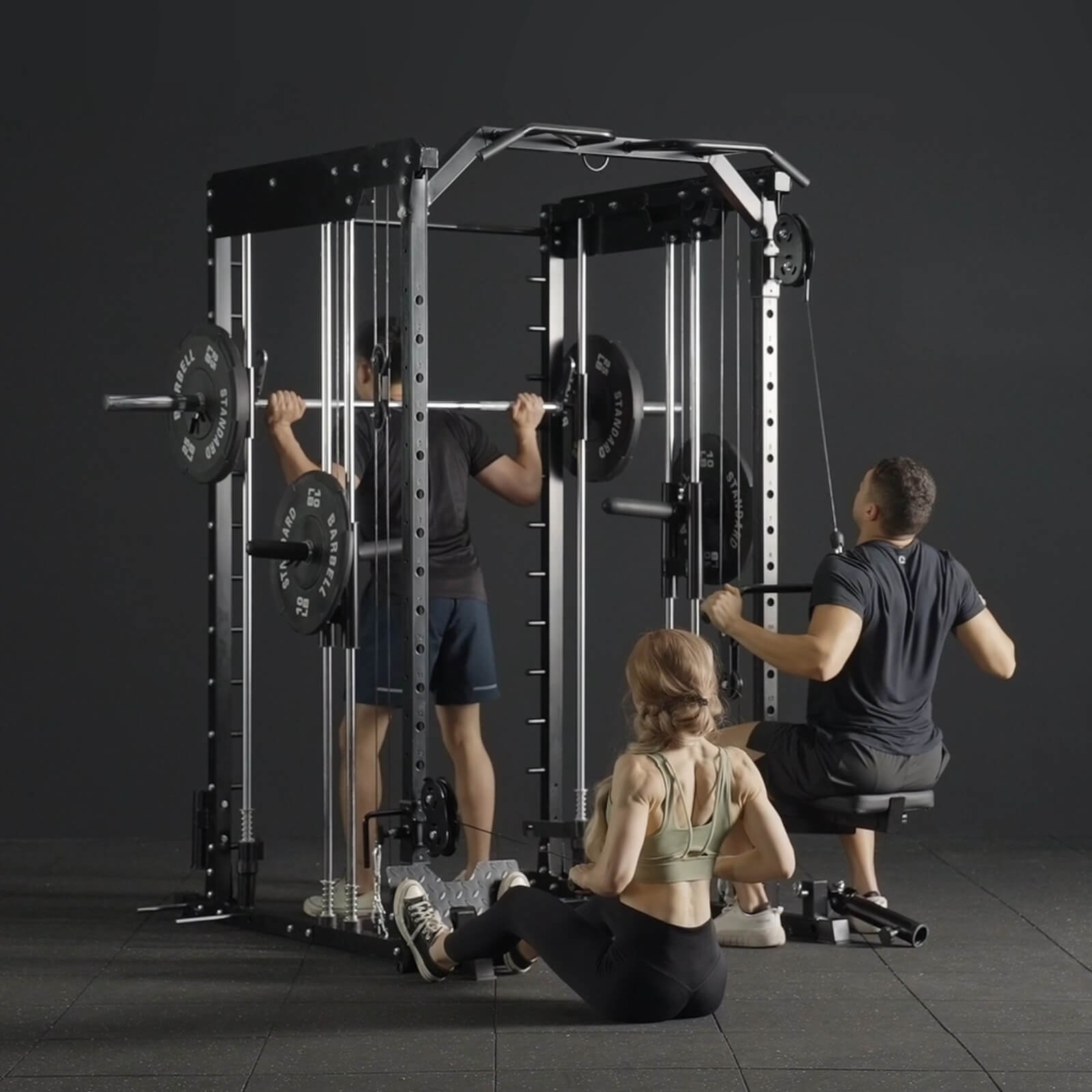
Leave a comment
All comments are moderated before being published.
This site is protected by hCaptcha and the hCaptcha Privacy Policy and Terms of Service apply.